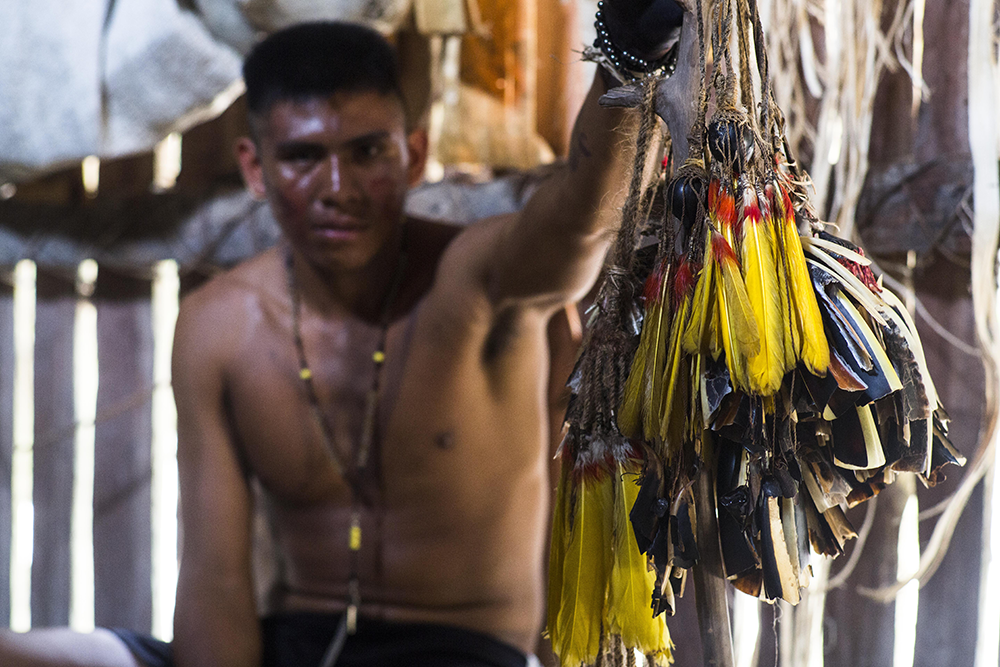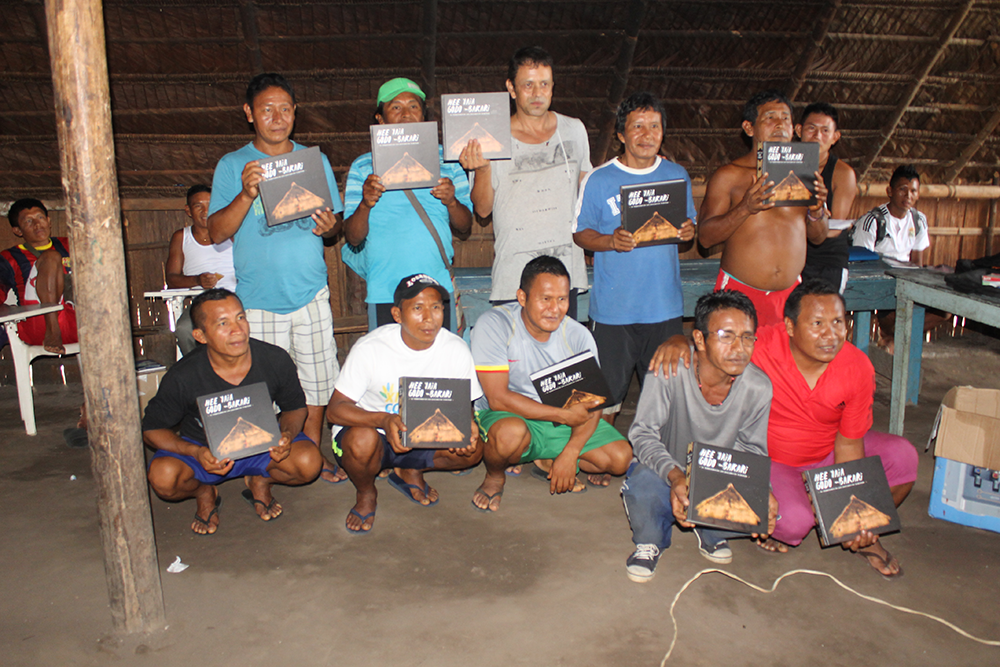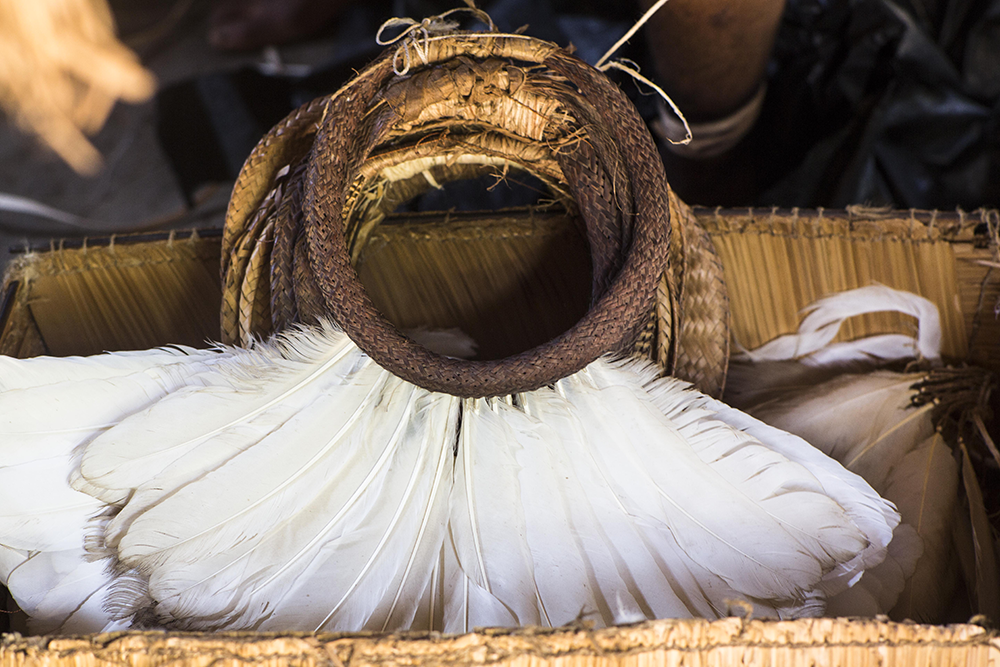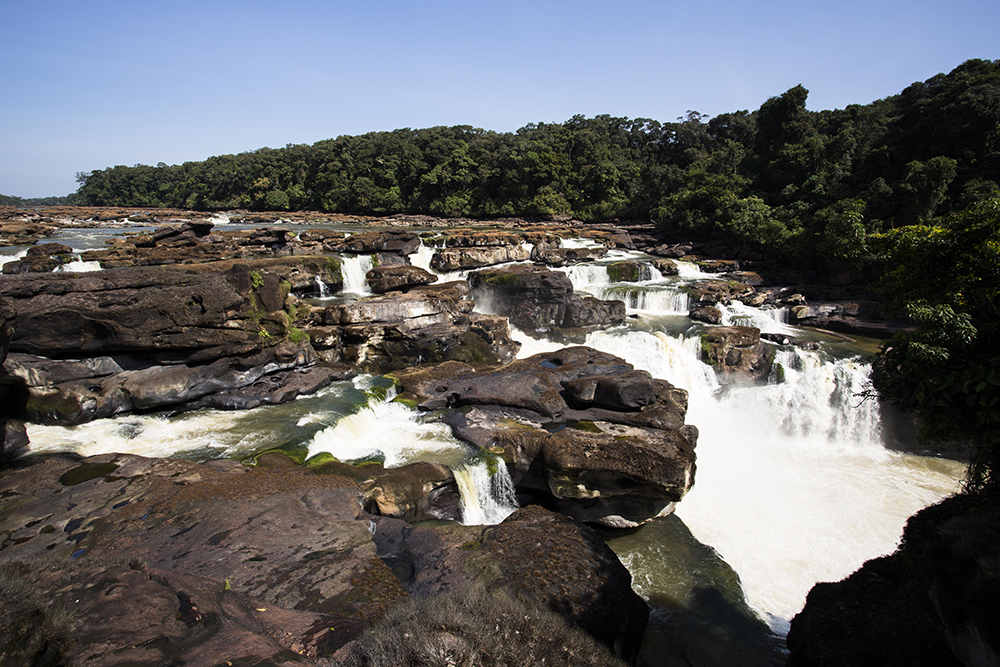




The creation of the Yaigojé Apaporis Indigenous Reserve and Natural National Park marked the beginning of a new relationship model between indigenous peoples and the Colombian Government. It was necessary to seek mechanisms to ensure the governance and integral conservation of their life systems, without interfering with their rights to their territorial autonomy and to the cultural management that they have traditionally carried out. Once the park was created, the process of formulating its Special Management Regime (REM) was initiated. This regime was the instrument through which the joint administration of the park was shared by the Colombian Natural National Parks (PNNC) and the Yaigojé Apaporis Indigenous Captains Association (ACIYA). Establishing the REM required an internal (or endogenous) research methodology, proposed by the indigenous communities and supported by the experience of the GAIA Amazonas Foundation. This methodology was based on the guidelines issued by an Amazon Indigenous Congress that identified the topics to be collected in each of the communities, in order to guide the design of the REM. This approach helped promote the participation of indigenous communities with three representatives and a shaman.
- Legal figure of the REM that maintains the inalienability of the indigenous territories when they acquire a category of National Park .
- Development of an internal methodology, led by the GAIA Amazonas Foundation in conjunction with the indigenous organizations, to establish the REM guidelines according to the particularities of the Park and the management regime.
- Financial availability of State resources, and external support to implement a participatory process to build the REM.
The research process to develop the REM was carried out in two years. The Cooperation Agreement 011 of 2013 celebrated between PNNC and ACIYA established a reasonable timeframe of five years for the construction, formalization, and joint implementation of the REM. This process allowed the following:
- Rescue ancestral values.
- Promote greater involvement of young people in the design of the REM.
- Revalue traditional knowledge.
- Generat a greater relationship of coordination and management of the area between PPNC staff and indigenous populations.
- Generate a better understanding of the biological characteristics of the territory and its cultural value, as an input for the design of the Park’s management strategies.
- Become a replicable model for other REMs in the Colombian Amazon, since it allows the integration of traditional knowledge on the use of natural resources with the policies of PNNA regarding protected area management.